Member News: Teaching Computer Science in Rural Nigeria

Computing for the people: The San Francisco Chapter has an article by a software developer using open source software and open standards hardware to teach computer science skills to students in rural Nigeria. Chioma Ezedi Chukwu, founder of the STEMTeers mentorship program, writes that open source is more than free tools, software, or hardware. “It was a great opportunity to learn, learn by building and create with innovation.”
Coding for kids: Meanwhile, the Pacific Islands Chapter highlights a hackathon for kids event at a childcare center in Port Moresby, Papua New Guinea. The goal of the event, focused on design thinking, was to equip the students with lifelong skills in the digital age.
Supporting e-learning: In other education-related news, the Uganda Chapter is focused on helping teachers and students improve their digital skills as the country embraces e-learning following the COVID-19 pandemic. “Educators need to adjust their teaching methods to cope with the new changes,” an article says. “Educators should be able to cause change or affect the learner beyond the chalk and blackboard while learners need to be taken through an adaptability process as they transition to digital education.”
Tracking the virus: The Chapter in the Continue reading
Making magic: Reimagining Developer Experience for the World of Serverless
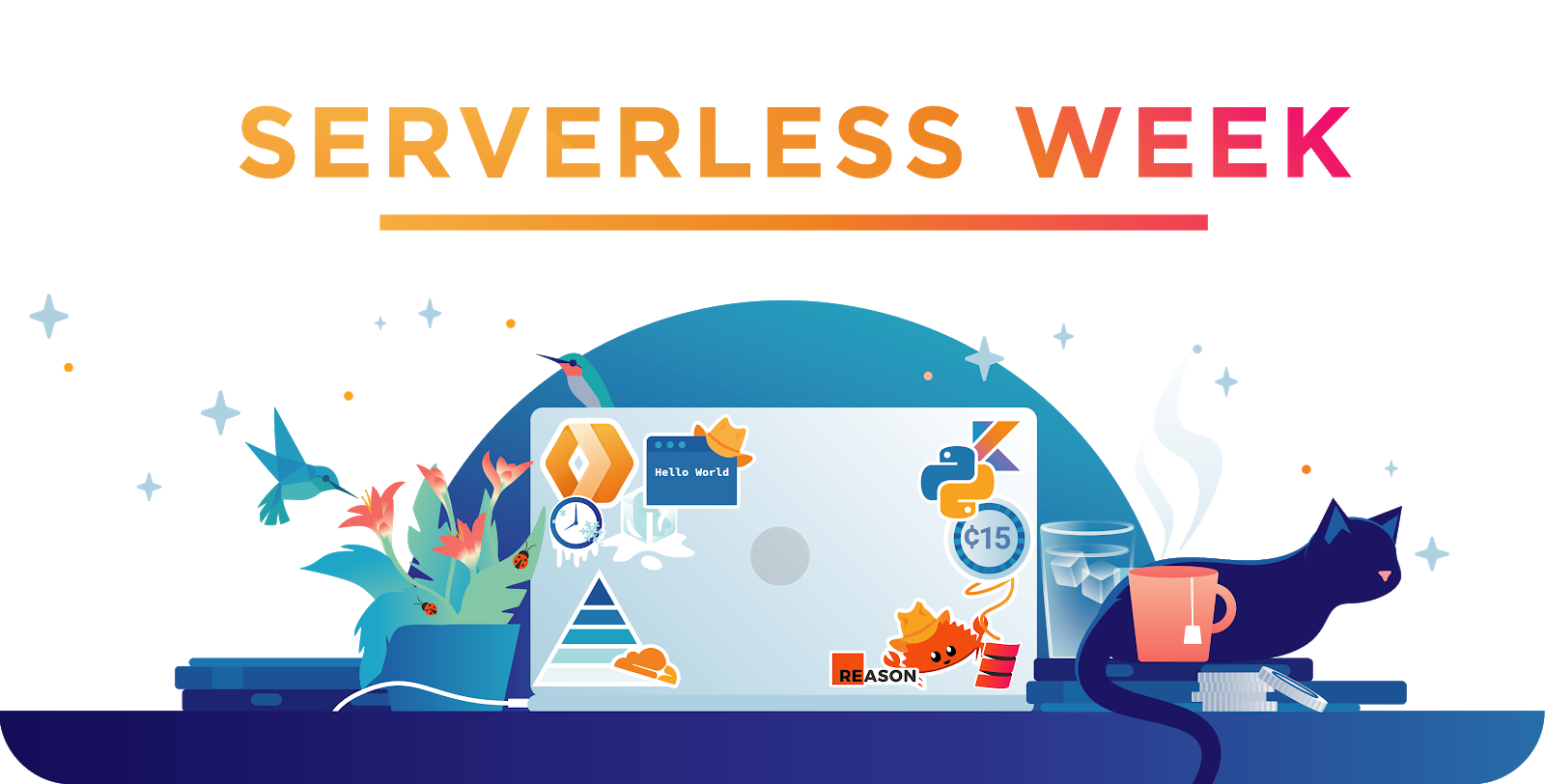

This week we’ve talked about how Workers provides a step function improvement in the TTFB (time to first byte) of applications, by running lightweight isolates in over 200 cities around the world, free of cold starts. Today I’m going to talk about another metric, one that’s arguably even more important: TTFD, or time to first dopamine, and announce a huge improvement to the Workers development experience — wrangler dev, our edge-based development environment with all the perks of a local environment.
There’s nothing quite like the rush of getting your first few lines of code to work — no matter how many times you’ve done it before, there's something so magical about the computer understanding exactly what you wanted it to do and doing it!

This is the kind of magic I expected of “serverless”, and while it’s true that most serverless offerings today get you to that feeling faster than setting up a virtual server ever would, I still can’t help but be disappointed with how lackluster developing with most serverless platforms is today.
Some of my disappointment can be attributed to the leaky nature of the abstraction: the journey to getting you to the point of writing Continue reading
Worth Reading: How CEOs think
Robert Graham wrote a great article explaining why CEOs don’t care much about cybersecurity or any other non-core infrastructure (including networking, unless you happen to be working for a service provider). It’s a must-read if you want to understand the **** you have to deal with in enterprise environments.
I’m Concerned for the Future of Open Internet

I'm beginning to feel concerned for the future of an open Internet.
The post I’m Concerned for the Future of Open Internet appeared first on EtherealMind.
Bringing Your Own IPs to Cloudflare (BYOIP)
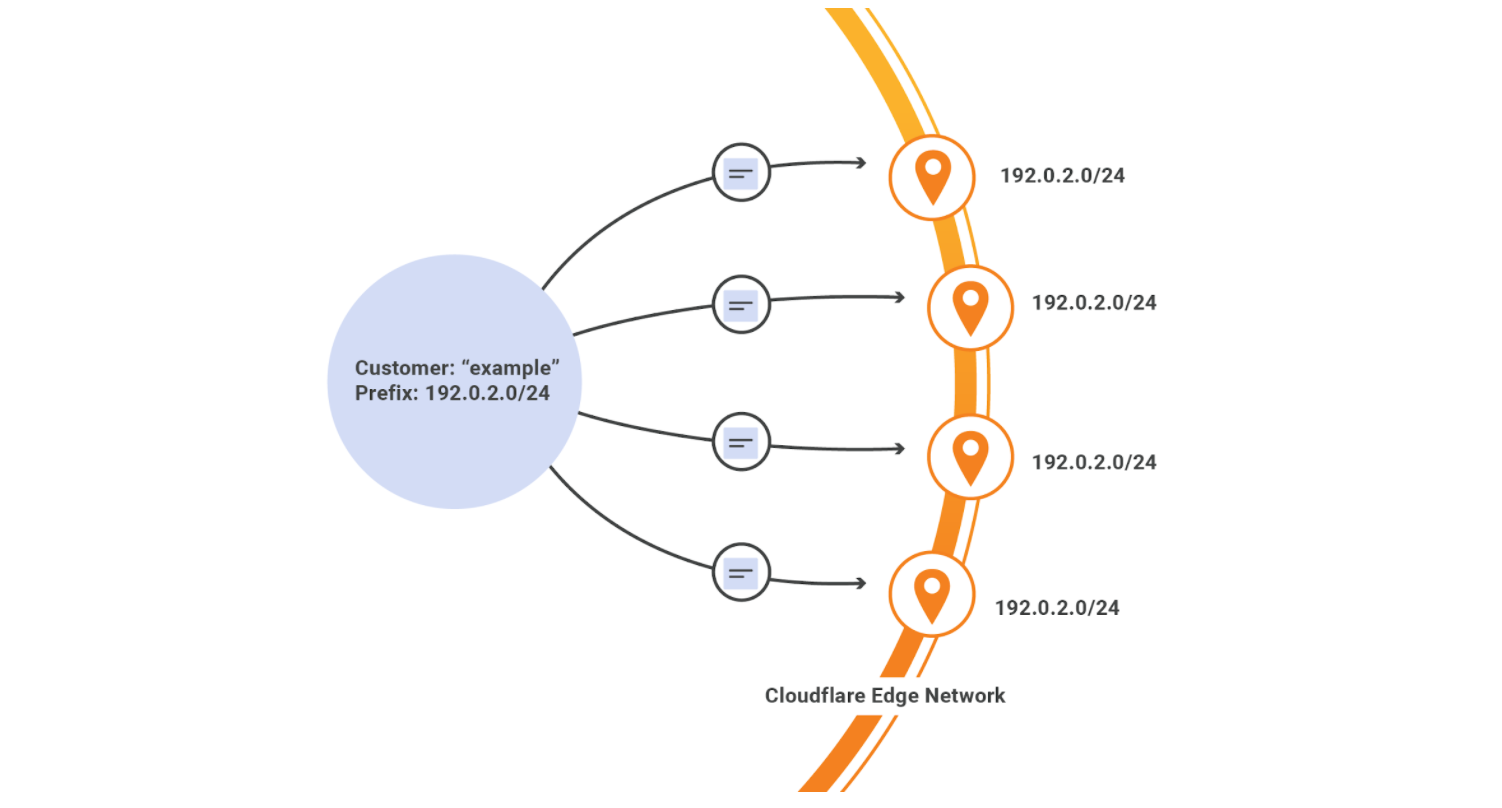
Today we’re thrilled to announce general availability of Bring Your Own IP (BYOIP) across our Layer 7 products as well as Spectrum and Magic Transit services. When BYOIP is configured, the Cloudflare edge will announce a customer’s own IP prefixes and the prefixes can be used with our Layer 7 services, Spectrum, or Magic Transit. If you’re not familiar with the term, an IP prefix is a range of IP addresses. Routers create a table of reachable prefixes, known as a routing table, to ensure that packets are delivered correctly across the Internet.
As part of this announcement, we are listing BYOIP on the relevant product pages, developer documentation, and UI support for controlling your prefixes. Previous support was API only.
Customers choose BYOIP with Cloudflare for a number of reasons. It may be the case that your IP prefix is already allow-listed in many important places, and updating firewall rules to also allow Cloudflare address space may represent a large administrative hurdle. Additionally, you may have hundreds of thousands, or even millions, of end users pointed directly to your IPs via DNS, and it would be hugely time consuming to get them all to update their records Continue reading
Day Two Cloud 059: Cloud Field Day Wrap-Up
Today's Day Two Cloud is a smorgasbord of cloud-related vendor analysis courtesy of Cloud Field Day 8, where host Ned Bellavance and guest Adam Fisher were delegates. This episode includes discussions about Veeam, Zerto, Diamanti, and others, but it's not a sponsored show.Day Two Cloud 059: Cloud Field Day Wrap-Up
Today's Day Two Cloud is a smorgasbord of cloud-related vendor analysis courtesy of Cloud Field Day 8, where host Ned Bellavance and guest Adam Fisher were delegates. This episode includes discussions about Veeam, Zerto, Diamanti, and others, but it's not a sponsored show.
The post Day Two Cloud 059: Cloud Field Day Wrap-Up appeared first on Packet Pushers.
A Partnership to Improve Africa’s Internet Infrastructure Resilience and Reliability

Last week, we announced an expanded partnership with AFRINIC, the Regional Internet Registry for the African region. On Friday, 24 July, Eddy Kayihura, Chief Executive Officer at AFRINIC, and I, on behalf of the Internet Society, signed a Memorandum of Understanding (MoU) between the two organizations to work on several projects including Internet measurements, routing security, and infrastructure and community development.
Right after the virtual signing ceremony, we described the first collaborative activity under the new MoU – the Africa Internet Measurements. Part of our Measuring the Internet project, the effort aims to tackle the problem of Internet resilience and reliability in the continent.
Although Africa has significantly increased Internet penetration in the last decade, the continent must improve the resilience and the reliability of its Internet infrastructure to pave the way for future innovations and technological advancements as expressed in the African Union’s 2063 agenda. Without proper measurements and data, we don’t know where the problem is, what we need to improve, or if our solutions work. Much of the available Internet measurement data relating to Africa measures only specific types of Internet traffic and not overall Internet resilience, which is the ability of the network to Continue reading
Eliminating cold starts with Cloudflare Workers
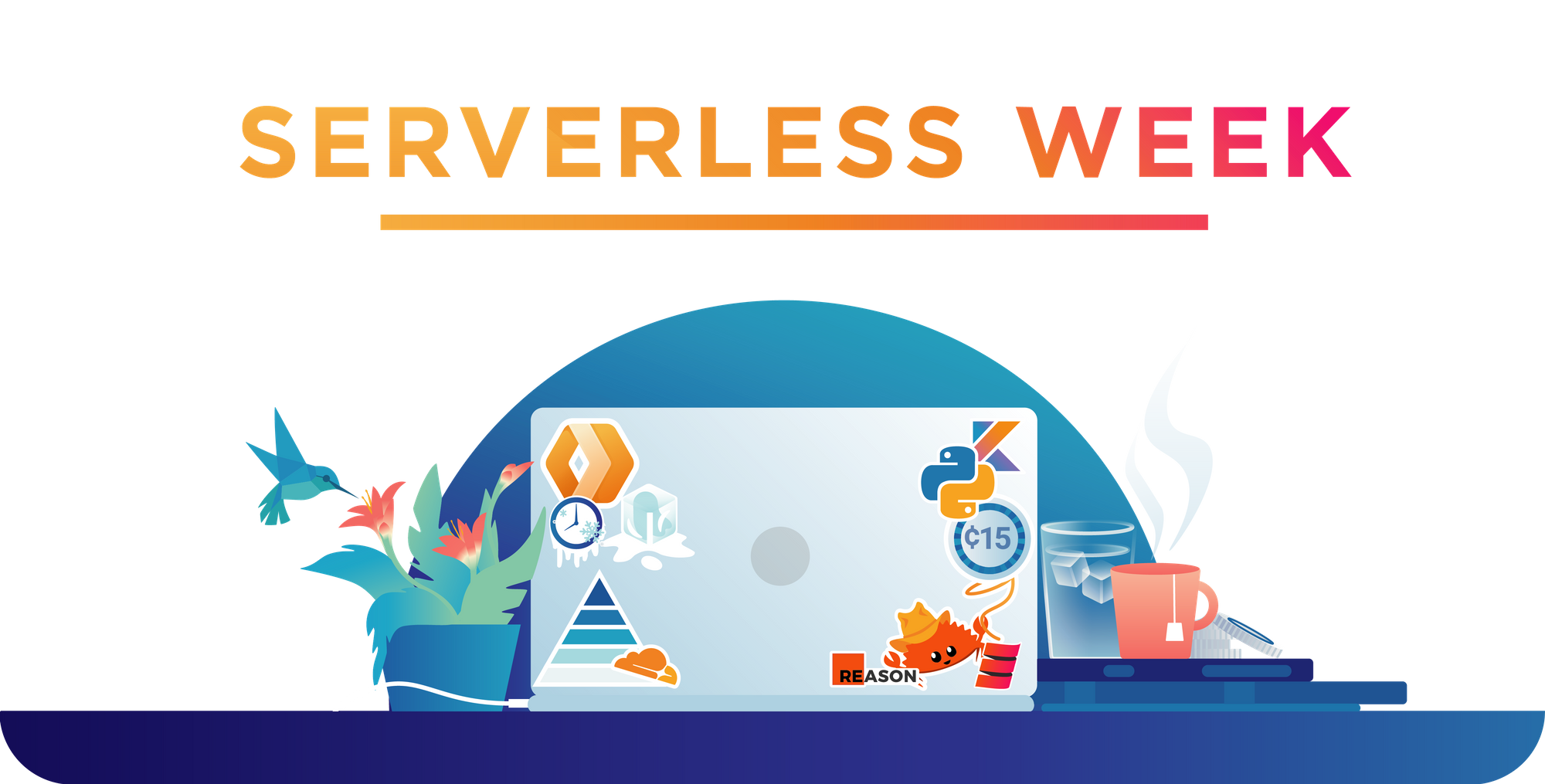
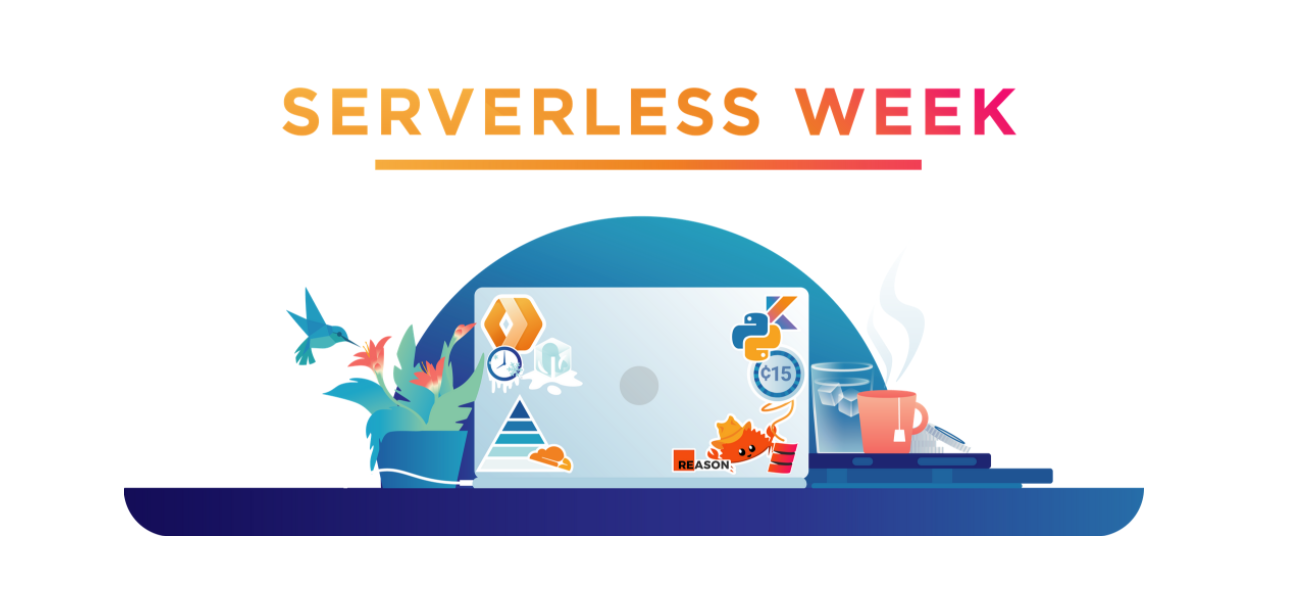
A “cold start” is the time it takes to load and execute a new copy of a serverless function for the first time. It’s a problem that’s both complicated to solve and costly to fix. Other serverless platforms make you choose between suffering from random increases in execution time, or paying your way out with synthetic requests to keep your function warm. Cold starts are a horrible experience, especially when serverless containers can take full seconds to warm up.

Unlike containers, Cloudflare Workers utilize isolate technology, which measure cold starts in single-digit milliseconds. Well, at least they did. Today, we’re removing the need to worry about cold starts entirely, by introducing support for Workers that have no cold starts at all – that’s right, zero. Forget about cold starts, warm starts, or... any starts, with Cloudflare Workers you get always-hot, raw performance in more than 200 cities worldwide.
Why is there a cold start problem?
It’s impractical to keep everyone’s functions warm in memory all the time. Instead, serverless providers only warm up a function after the first request is received. Then, after a period of inactivity, the function becomes cold again and the cycle continues.
For Workers, this has Continue reading
HS. Part 7. Interoperability of Nokia SRLinux and Microsoft Azure SONiC
Hello my friend,
we continue the series of the blogpost dedicated to the overview of the Nokia SR Linux. Today we will speak about the interoperability and its joint operation with Microsoft Azure SONiC, another disaggregated OS, which is used in the hyper scale data centres.
2
3
4
5
retrieval system, or transmitted in any form or by any
means, electronic, mechanical or photocopying, recording,
or otherwise, for commercial purposes without the
prior permission of the author.
Automate your data centre infrastrcutre
The data centres and applications they host might be very static, if that is classical enterprise workloads. However, in the world of the clouds the frequency of the changes performed in the data centre network and servers can be very high. Effectively, it can be so high that doing them manually is impractical.

At our network automation training (either live or self-paced) you will learn the foundation of the automation for the small and big data centres, and clouds. You will lean how to structure the data using YANG modules, how to serialise it using JSON, XML, Protobuf depending on the application requirements Continue reading
The Hedge Podcast #46: The Value of a College Degree
While many network engineers think about getting a certification, not many think about going after a degree. Is there value in getting a degree for the network engineer? If so, what is it? What kinds of things do you learn in a degree program for network engineering? Eric Osterweil, a professor at George Mason University, joins Jeremy Filliben and Russ White on this episode of the Hedge to consider degrees for network engineers.
Workers Security
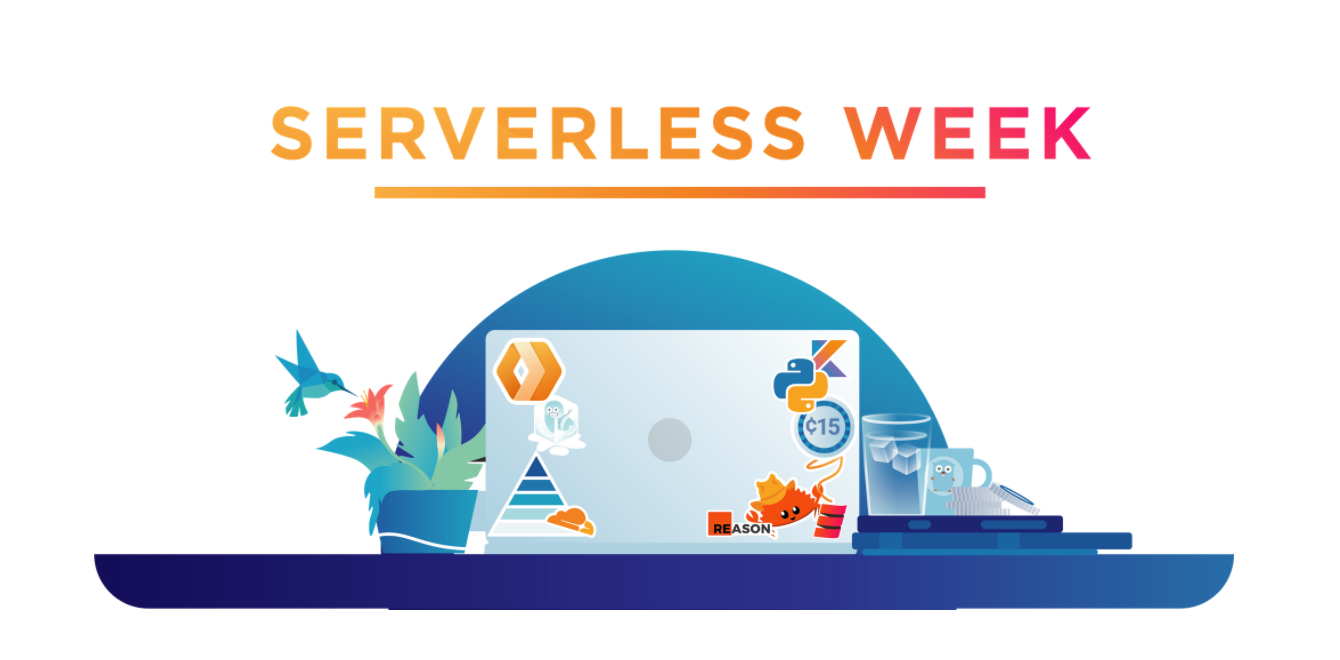
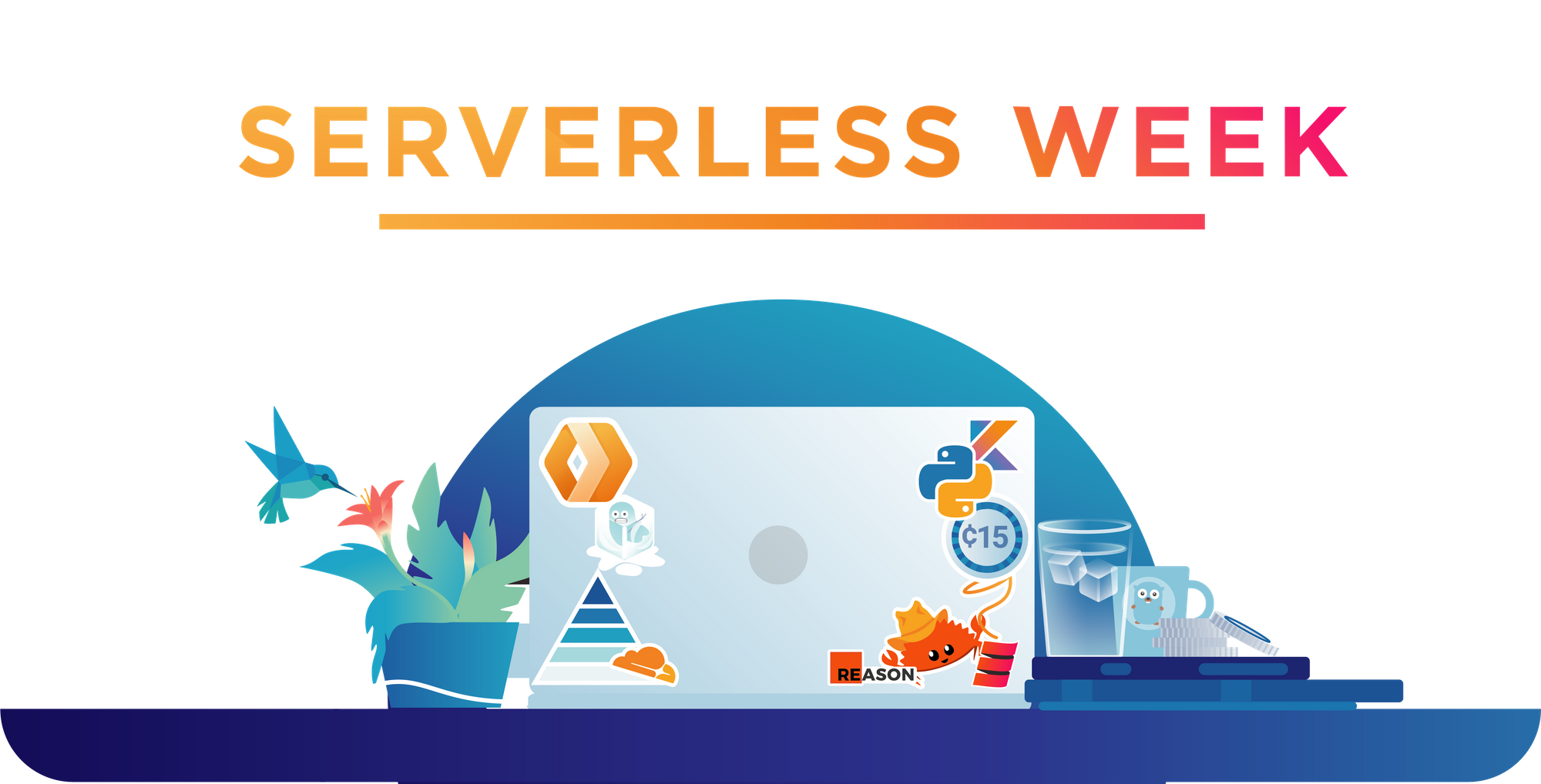
Hello, I'm an engineer on the Workers team, and today I want to talk to you about security.
Cloudflare is a security company, and the heart of Workers is, in my view, a security project. Running code written by third parties is always a scary proposition, and the primary concern of the Workers team is to make that safe.
For a project like this, it is not enough to pass a security review and say "ok, we're secure" and move on. It's not even enough to consider security at every stage of design and implementation. For Workers, security in and of itself is an ongoing project, and that work is never done. There are always things we can do to reduce the risk and impact of future vulnerabilities.
Today, I want to give you an overview of our security architecture, and then address two specific issues that we are frequently asked about: V8 bugs, and Spectre.
Architectural Overview
Let's start with a quick overview of the Workers Runtime architecture.
There are two fundamental parts of designing a code sandbox: secure isolation and API design.
Isolation
First, we need to create an execution environment where code can't access anything it's not Continue reading
Dictionary : feces barrier

Defining feces barrier
The post Dictionary : feces barrier appeared first on EtherealMind.
Dictionary : bugdoor

Whats is a bugdoor ?
The post Dictionary : bugdoor appeared first on EtherealMind.
OMG, Not Again: New Mobile Internet Protocol Vulnerabilities
Every now and then a security researcher “discovers” a tunneling protocol designed to be used over a protected transport core and “declares it vulnerable” assuming the attacker can connect to that transport network… even though the protocol was purposefully designed that way, and everyone with a bit of clue knew the whole story years ago (and/or it’s even documented in the RFC).
It was MPLS decades ago, then VXLAN a few years ago, and now someone “found” a “high-impact vulnerability” in GPRS Tunnel Protocol. Recommended countermeasures: whitelist-based IP filtering. Yeah, it’s amazing what a wonderful new tool they found.
Unfortunately (for the rest of us), common sense never generated headlines on Hacker News (or anywhere else).
Pluribus Networks Named a Strong Performer in Latest Forrester Wave™ for Open, Programmable Switches for a Businesswide SDN
Pluribus Networks has been named a Strong Performer in The Forrester Wave™: Open, Programmable Switches for Businesswide SDN, Q3, 2020.How Community Networks Are Helping during COVID-19

In July 2020, the Internet Society organized the webinar “How Community Networks are helping during COVID-19.”
We are halfway through this unprecedented year in which COVID-19 continues to cause disruptions and confusion in many areas of our lives. What is clear though, is the recognition of the Internet as a lifeline for us – for communicating with family members and health workers, accessing essential services, and participating in online learning and remote work.
But what about those who don’t have it?
The panel was an opportunity to show that there are solutions out there. To get to them will take strong communities driven by the understanding that everyone can make a difference.
The discussions of July’s webinar got to the heart of this.
The panelists shared stories and videos of the community networks they have helped to build in remote villages where underserved Indigenous tribes live. We heard the story of one Indigenous tribe located in the southern part of West Java in Indonesia, who set up a wireless network for their community. It helped them find jobs and increase their income, as well as access health information, learning resources, and government services.
In India, an Continue reading